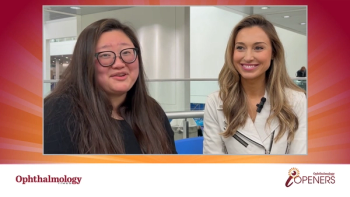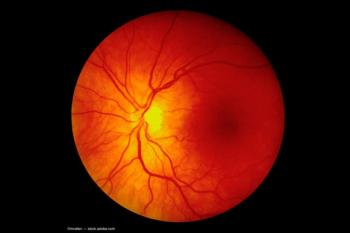
Study to explore Fuchs' dystrophy genetics
Cleveland-Twenty-three sites will collect data for anationwide study on the genetics of Fuchs' endothelial cornealdystrophy (FECD), which afflicts about 1% of the generalpopulation.
Cleveland-Twenty-three sites will collect data for a nationwide study on the genetics of Fuchs' endothelial corneal dystrophy (FECD), which afflicts about 1% of the general population.
Researchers explore the genetic causes of the disease by collecting data from FECD patients and their family members.
Identification of the genes that may contribute to the development of FECD would be useful for family counseling; studying disease progression; implementation of corneal transplant surgery, if severe; and ultimately, gene modulation and therapy to delay or prevent its progression.
Investigators from the Vision Research Coordinating Center and the department of epidemiology and biostatistics at University Hospitals of Cleveland and Case Western Reserve University School of Medicine will conduct the study, which is funded by a 5-year grant from the National Eye Institute of the National Institutes of Health. The FECD Genetics Multicenter Study will be headquartered at University Hospitals and Case.
Newsletter
Don’t miss out—get Ophthalmology Times updates on the latest clinical advancements and expert interviews, straight to your inbox.













































